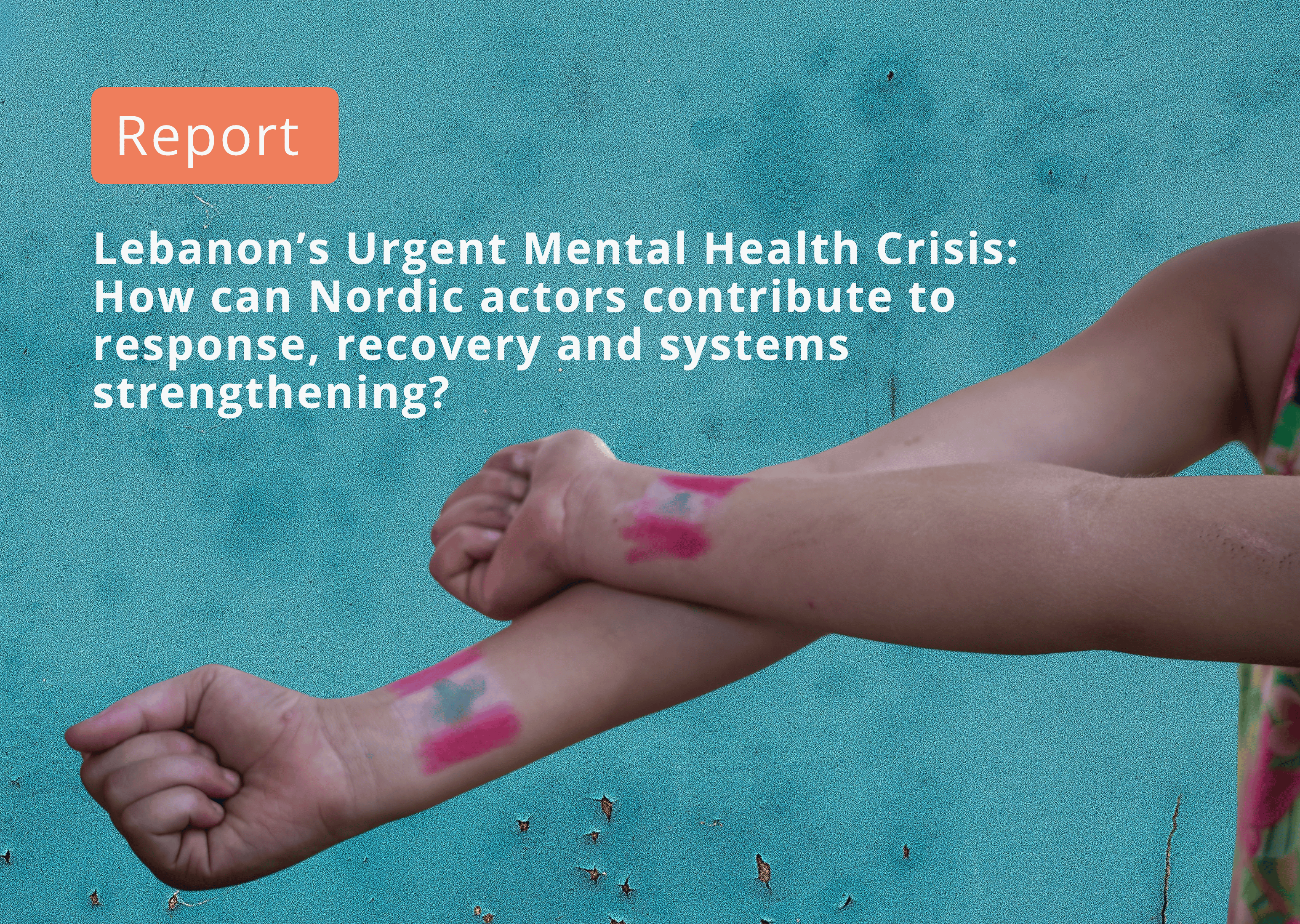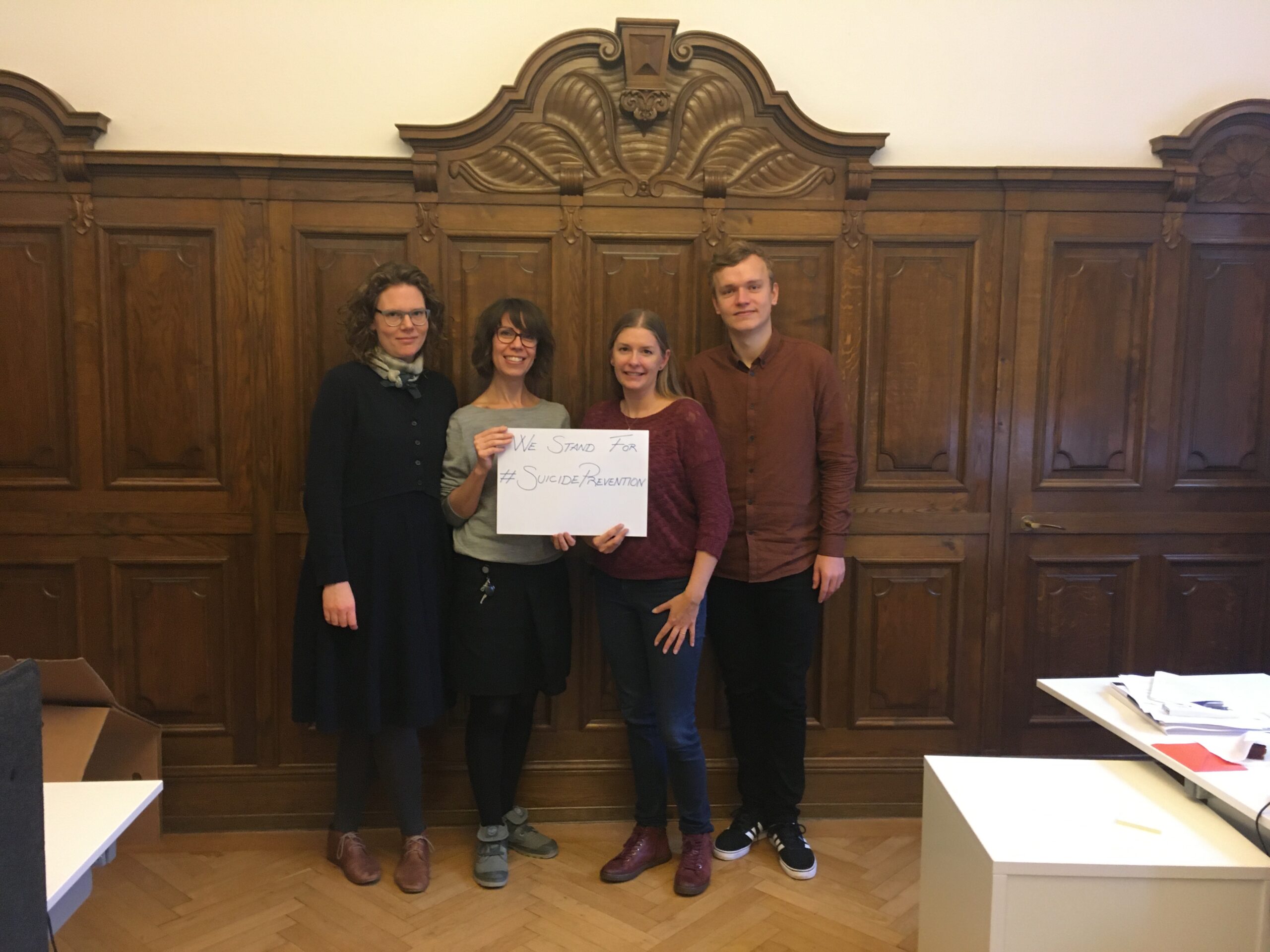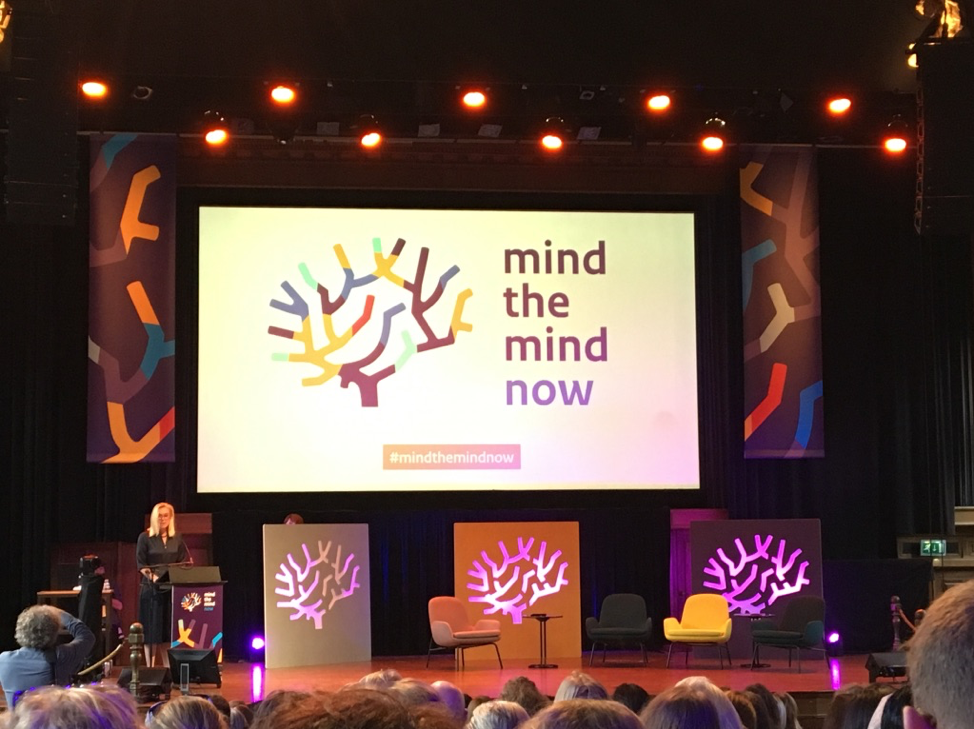By Theresa Jones, Senior Research Associate, Anthrologica, Ashley Nemiro, Acting Director, MHPSS Collaborative and Louise Juul Hansen, Advocacy and Communications Advisor, MHPSS Collaborative.
This was a critical finding from our recently published study: Advancing and translating knowledge: a systematic inquiry into the 2010–2020 mental health and psychosocial support intervention research evidence base.
Through key informant interviews and an online survey, country-level practitioners told us:
- They felt poorly informed of key findings from MHPSS research, and
- They found MHPSS research findings generally difficult to access.
This problem is not unique to the field of MHPSS, but when MHPSS as a global movement is striving towards a stronger evidence base for its approaches, programmes and interventions, this finding is particularly problematic. Country-level practitioners told us they want to keep informed about MHPSS research findings, to improve the quality of their work and to advocate for more of those precious resources.
Journal articles alone are not enough
Researchers were the first to admit that scientific journal publications can become the end-goal of much research. There is a real pressure on academics who need these publications to keep their jobs, and too often there is no time or funding for researchers to disseminate their findings beyond academic journals and conferences. But publications in academic journals are not the best way to reach those implementing programmes – as one MHPSS practitioner we interviewed said – ‘another thing… who has access to academic journals?’
Communicating research with practitioners can be viewed as ‘not my job’ by many researchers. Of course, many researchers, including many we interviewed, believe that it should be, but they noted it was rarely encouraged and incentivised by their institutions and their funding mechanisms.
MHPSS research findings can be complex, detailed, and nuanced, especially for those programming in emergency settings who are short of time and mental bandwidth. Academic publications tend to be lengthy, written predominantly in English, and use formal academic language, all of which serve as additional hindrance to access. Not every researcher is equipped with the skills to translate and transform their data into 1) digestible findings that are 2) relevant to actual MHPSS programming.
As explored in Elrha’s Learning Paper “from Knowing to Doing: Evidence use in the humanitarian sector” the pathway by which research findings typically reach humanitarian practitioners and policymakers involves several steps beyond the publication of scientific papers (see diagram on p26). It is this pathway that researchers alone face funding and capacity constraints in traversing. Additional contributions are also required by evidence brokers and other key actors, e.g.: standards-settings bodies, to communicate and translate findings for different audiences.
Research priorities don’t reflect the needs and realities of MHPSS practitioners
The MHPSS practitioners interviewed, working at country level, reported that most of the evidence they use to inform programming was generated from organizational monitoring and evaluation or assessment-based activities. While this can lend itself to programming that is contextualized and locally driven, it speaks to the disconnect from global intervention-based research.
This disconnect has also meant that ‘field’-level priorities are not reflected in global MHPSS research priorities, an issue which has been documented for the past decade, for example by Tol et al in 2011, and Ventevogel in 2018. This mismatch of priorities exacerbates the disconnect and perpetuates a long-running issue in development and humanitarian work of ideas from the ‘North’ coming to, and trumping those developed in, the ‘South’. Elrha is currently funding an MHPSS research priority setting exercise, which is hoping to address this issue by directly consulting with MHPSS practitioners.
MHPSS research has also tended to measure constructs that are not widely used in actual MHPSS programming monitoring and evaluation systems. Research has tended to focus on ‘disorders’ – because these are more measurable and publishable – when, in reality, practitioners reported using more positive outcome measures of mental health and psychosocial wellbeing, that don’t dichotomise between disorder and non-disorder, and that give greater attention to context.
Bridging the gap: proposals for MHPSS researchers and funders to consider
Some clear recommendations emerged from our research, including how to better connect MHPSS practitioners and MHPSS researchers.
- Strong practitioner-researcher partnerships should be central from the outset of research. These partnerships should include contextualised research expertise, with researchers coming from the setting in which the study is being conducted. Our study found that strong collaborations resulted in: 1) mutual learning for all parties involved, 2) improved quality of research through the insights of partners, 3) buy-in for the intervention from key stakeholders and 4) more direct avenues for programme and policy change, informed by a contextualised understanding of what is required to change policy or practice in specific humanitarian settings. Strong partnerships like these would also help ensure that global MHPSS research priorities reflect practitioners’ priorities. Examples of higher-level collaborations that go beyond a single study include the STRENGTHS project and the World Vision, UNICEF, Plan International, AVSI, Save the Children and Mercy Corps partnership looking at Child Friendly Spaces.
- Funders should make these partnerships a requirement, add incentives, and create structures for them to be possible. For example, Elrha’s Research Impact Workshops bring all partners in each research-practice partnerships they fund together in the first year of study to plan stakeholder engagement, uptake, and dissemination strategies together, and require grantees to allocate budget for uptake activities to ensure policymakers and practitioners can access and understand research.
- Dissemination of MHPSS research should include formats that are digestible for those working in crisis (e.g. one-pagers, using infographics, etc.) and that contextualise findings in real-life MHPSS programming (e.g. this is what it means for your work). However, it is not always about reaching the front-line worker directly. Dissemination of MHPSS research should include translation and transformation for all relevant humanitarian stakeholders whether that be field practitioners, technical advisers, standards-settings bodies, or global policymakers. Again, partnerships can enable researchers to deepen their understanding of stakeholder needs in this regard.
- We call to funders of research to ensure that research is disseminated to and communicated with field level practitioners. A good example to follow is the European Union’s research programme Horizon Europe. All grant proposals to the programme must contain a detailed plan of how results from the project will be communicated, disseminated, and exploited to maximise the impact of the research. These activities are funded and monitored closely.
- Dissemination should also consider the important role of evidence brokering channels and platforms, which are critical for translating research into formats and messages that practitioners can understand and engage with. For example, our study found that the MHPSS.net platform was well-used by country-level practitioners.
- ‘Finally, both MHPSS researchers and those who fund them need to place more emphasis on implementation research. This would explore ways to understand the realities of day-to-day roll out of interventions, their cost-effectiveness, and the various approaches to measuring and maintaining quality and fidelity. Taking these ‘real-world implications’ to the heart of research would make some headway to bridging the MHPSS research-practice gap.






